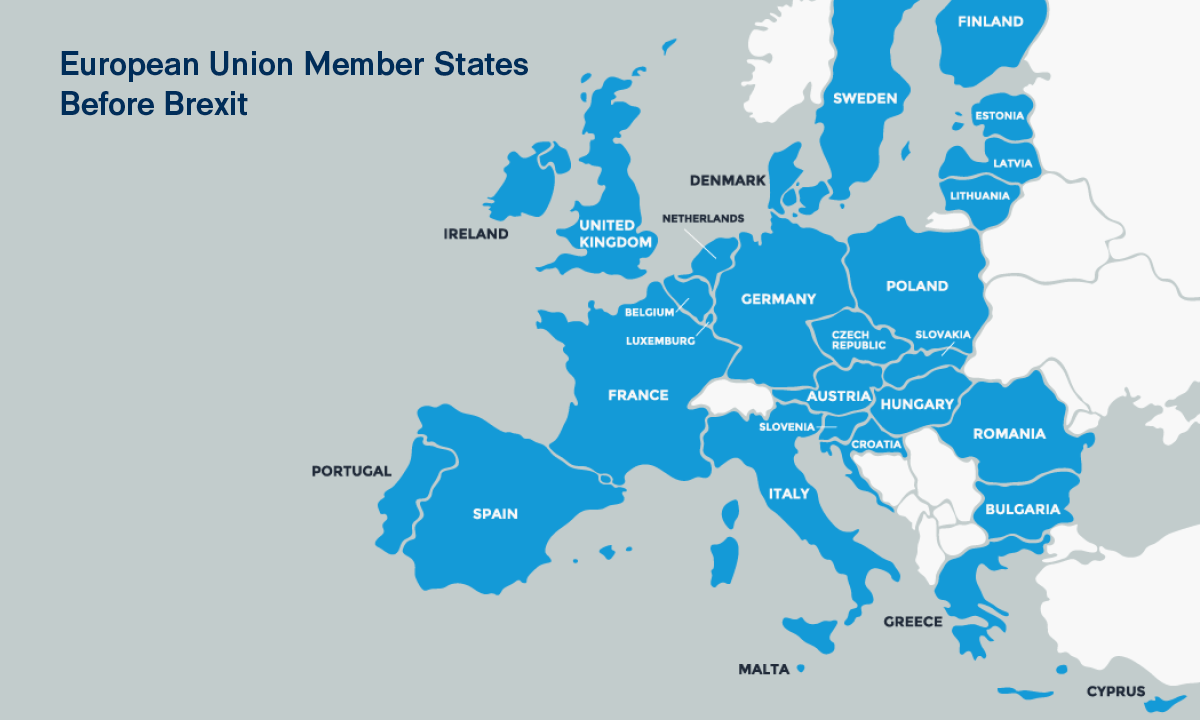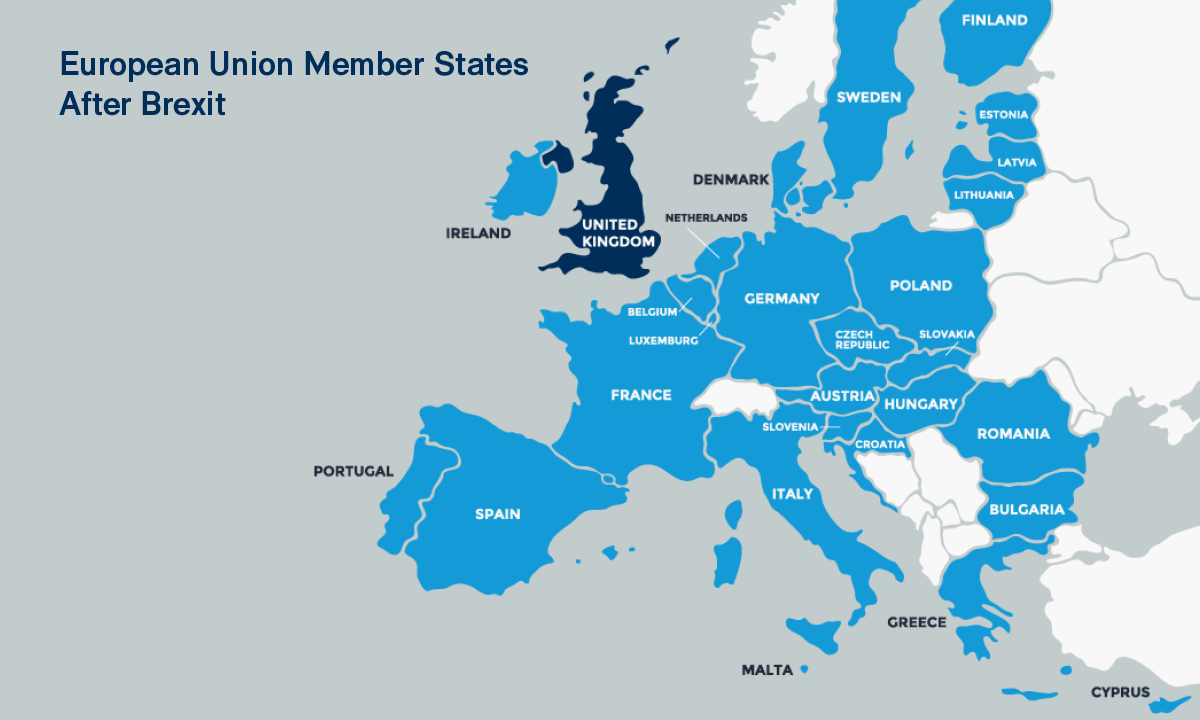The new reality: obtaining design protection in the UK in the post-Brexit world
The Brexit transition period ended on 31 December 2020, and since 01 January 2021 applicants have had to re-think how they apply for and obtain registered design protection in what used to be (pre-Brexit) the “EU 28” (the 28 member states of the European Union which included the United Kingdom).

An EU design application is still filed at the EUIPO, but it now covers only the remaining EU 27 countries. To cover the UK, an applicant must now also file a national UK design application at the UKIPO.

For design application filings that are incoming to Europe, and which will typically be based on a first filing made in for example the US, Japan or China, the instructing foreign attorney firm may find it convenient to instruct an attorney firm in Europe that has both an EU presence (to enable the firm to file the EU design application) and a UK presence (to enable the firm to file the UK design application). A “dual presence” is needed because the EUIPO requires the filing firm to have a real business presence in an EU 27 country and to have design attorneys on the EUIPO attorney register and the UKIPO requires the UK design application to be filed by a firm based in the UK.
An instructing foreign attorney firm can therefore ask a firm located in both the UK and EU to handle the filing of a related, parallel pair of design filings: an EU design application and a UK design application. The attorney teams in D Young & Co’s Munich and London offices can coordinate their work to review and file the two design applications. The reviewing would take into account that the substantive design law in the EU and UK is still substantially the same, and perhaps more immediately important the procedural aspects are also still substantially the same such as relating to the manner of depiction of the Design(s) intended to be included in each of the two applications.
In most circumstances, the drawings that depict each design can be optimised in a common manner that is suited to both the EU design application and the UK design application. The UK application might have a slight advantage in relation to the precision available in terms of defining the scope of the design that is being protected, because in the UK design application any disclaimer of depicted features can be done in writing as well as visually, whereas in the EU design application the disclaiming has to be done entirely visually, using one or more of the visual disclaiming techniques approved for use here in Europe (by the EUIPO as well as by the UKIPO).
So, for example, if a US design application has been filed, and it is now desired to apply for protection in Europe (in the EU and the UK), the instructing US attorney firm can provide a copy of the written specification that was filed in the US and it might, for example, state that in the US design application what is shown in “broken line” (in dashed lines) is disclaimed and what is shown in dash-dot-dash line is intended to define a boundary between the claimed part of the product and the unclaimed part. In the UK design application, a written disclaimer can make it clear that this is what is intended by the two types of broken-line depiction. In the EU design application, the two types of depiction can still be shown, but the visual depiction must be relied on by itself to define the scope of protection, because no written disclaimer is allowed.
It is convenient, as already mentioned, for the same drawings to be filed on the EU and on the UK design applications, but there might come a point where a threshold is passed that the drawings for the EU application should be customised before the application is filed so as better to suit EU designs practice. In the context of the example mentioned above relating to the depiction of a boundary, it might be better to replace the dash-dot-dash depiction (which is not explicitly approved by the EUIPO as a visual disclaimer technique for a boundary) with an alternative, approved technique such as blurring the disclaimed features that are outside the boundary or applying colour shading such as a light blue wash over those features.
The design attorneys at D Young & Co can advise on this as part of their pre-filing review.
If the first design application was a Japanese design application, it might have included one or more “reference views” that are a feature of Japanese practice and which show the context in which the design might be used. Before the EU and UK design applications are filed, the pre-filing review might indicate that, in the EU design application, the reference views could be included but would be better presented as “views NOT to be protected” (as is allowed in an EU design application, as a special feature of the application) and that, in the UK design application, the description (not the disclaimer) might be used to make it clear to the UK designs examiner that these views are reference views. If the UK examiner were to object, the expectation would be simply to delete these views, and to leave the UK design application containing only views that are not reference views.
The icing on the cake, so to speak, is that, if D Young & Co is instructed by a foreign attorney firm to file parallel EU and UK design applications, we can offer a discounted initial filing cost by offering a 15% discount on our service charge for each application.